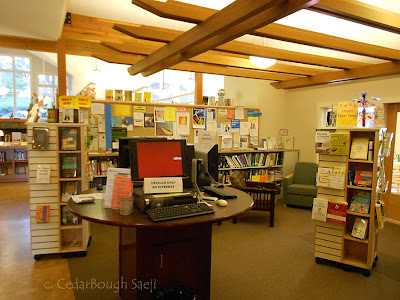But as I was reading Um's article I decided to check Youtube for any newer releases. I found several. One is this beautiful piece demonstrating the members' serious musical skills-- djembe, guitar, and piano are played to accompany the rap.
One of the things I appreciate about Korean rap is that in general it can have the same sorts of messages as non-rap songs. It is not more sexist, more profanity-ridden, homophobic, or full of hate. There are conventions in rap that appear in Korean rap as well, such as posturing about who is a better rapper. But I find it so hard to listen to most Western rap, because it can curdle my stomach. And in Korea, as my friend Hyun wrote in a conference paper that she really should publish, rap and hip-hop even appear in (family friendly) private karaoke rooms called noraebang (don't knock it till you've tried it).
One of the points that Um makes that I think would be surprising to most of you who aren't acquainted with just how odd things can be in Korea:
Since its inception in the early 1990s, South Korean hip-hop has always been associated with the middle-class, educated, moderate and religious (e.g. Christian) elements of society. The rappers’ religious orientation is often made public by including their ‘Thanks to God’ in performance or on their CD sleeves. In many ways, as with Korean punk (Wise 2008, p. 97), Korean hip-hop embraces aesthetic and ethical themes rather than political controversy (2013: 59)
Quite different from the US rappers, right?
While I'm at it, I might as well introduce some other groups~ Hyydra has a few songs I really appreciate, like this one.
But as Um makes clear, it is hard to know quite what is "underground" or "indie" in Korean music, and what is mainstream. Um writes:
The artistic and technical merits of underground hip-hop and their associated authenticity are duly recognised by the mainstream music industry as the key market strategies for this musical genre. Therefore, the underground label ‘YG Underground’ was launched in 2005 by YG Entertainment to create ‘alternative’ music within the mainstream framework. The five-piece boy band Big Bang was created in 2006 through a reality talent show by YG Entertainment. Since their debut, the individual talent and creativity of the band members – for example, G-Dragon as a confident producer and rapper – has been continuously promoted. In fact, the boundary between the underground and ‘overground’ or the mainstream and indie is not always clear. It is sometimes down to the self-identification of the artists rather than the stylistic features or the characteristics of their music consumption (2013: 57).
That is why I feel justified to share a few other videos.
Historically speaking, Seo Taiji (should be Taeji) was one of the most important figures to the development of rap and hip-hop in Korea-- this is one of his most famous songs. I know the video is a little dated-- it was the early 90s.
In discussion of Korean hip-hop it's impossible to avoid mentioning Drunken Tiger (mentioned in Um's article, too, of course). This is a newer release, about three years old now. I happen to like the video, so here you go. There is an English version, too (as both members of the group lived or in one case were even born in the US).
I can't resist sharing this one, too. I love this video by San-E because it's hysterical, and if you listen carefully you'll hear him dissing Drunken Tiger, too. He criticizes the plastic surgery and autotune of other K-Pop performers, but he's a JYP Entertainment performer-- in other words he has major backing and this video (his first release) had a ton of money poured into it and he was thoroughly promoted. There are just so many good parts of this song-- I particularly like where he sings "These days even my grandma knows hip-hop. "Rap? You just have to talk fast. (he repeats himself even faster)." "No!"
But the hype around San-E died out pretty fast, whereas one of the YG Entertainment performers, who is also a member of the group Big Bang, G-Dragon, is relentlessly promoted and widely respected (at least he purportedly writes some of his songs). (He's mentioned above in the Um quote).
Personally I am willing to love his craziness, but I have quite a few problems with the above video and some of his other work as well. I'm more partial to his band-mate and label-mate, T.O.P.
I know there are a lot of other rappers I could mention-- and while I appreciate Miryo (Brown Eyed Girls) and Amber (okay, I only really like Amber from f(x) because of her image), and understand that Verbal Jint is pretty talented, I'm sick of working on this blog post which is distracting me from what I really need to do. So if you are worried that I missed a really talented person (yes, I know who Dumbfoundead is), please tell me in the comments section so I can check out your favorite.





































